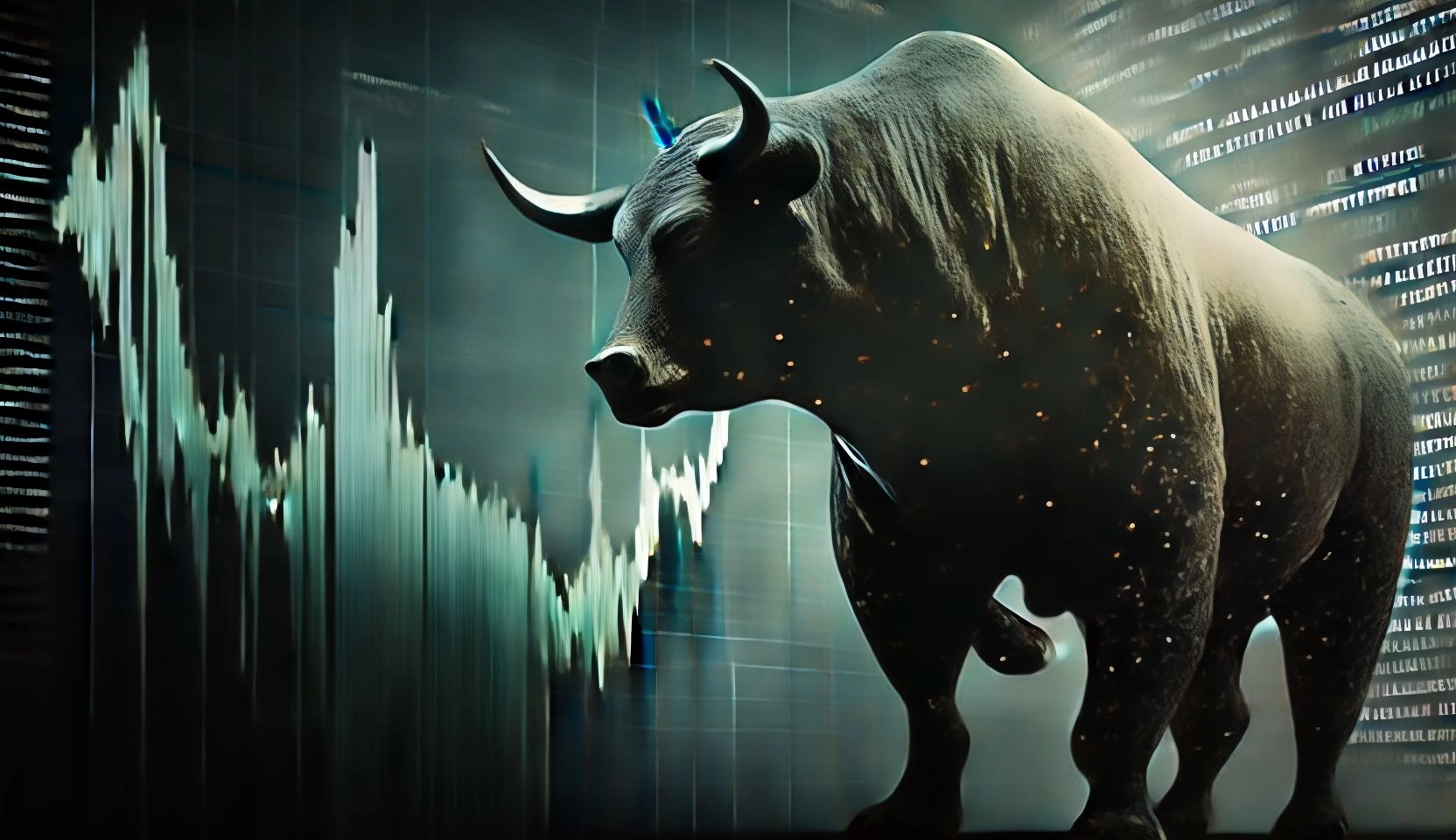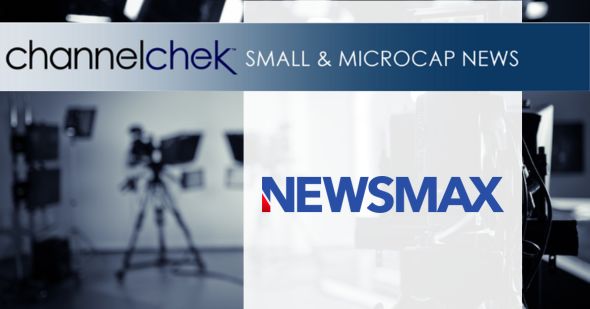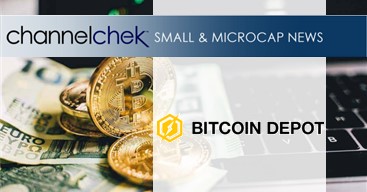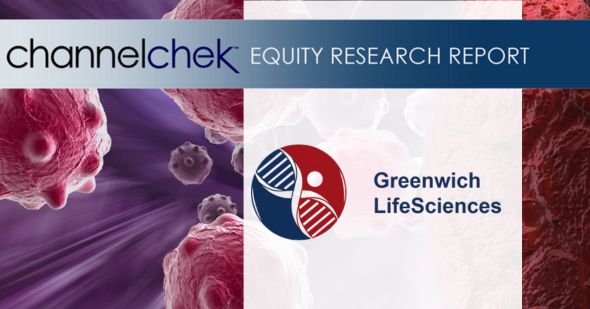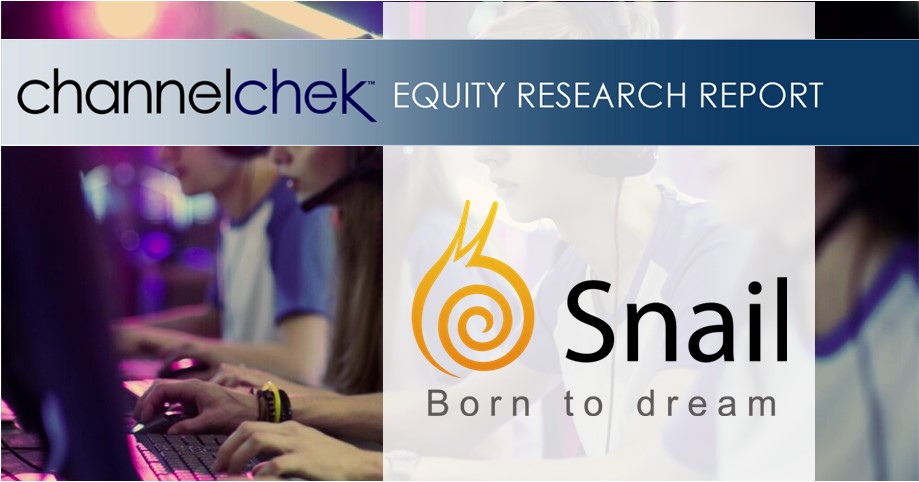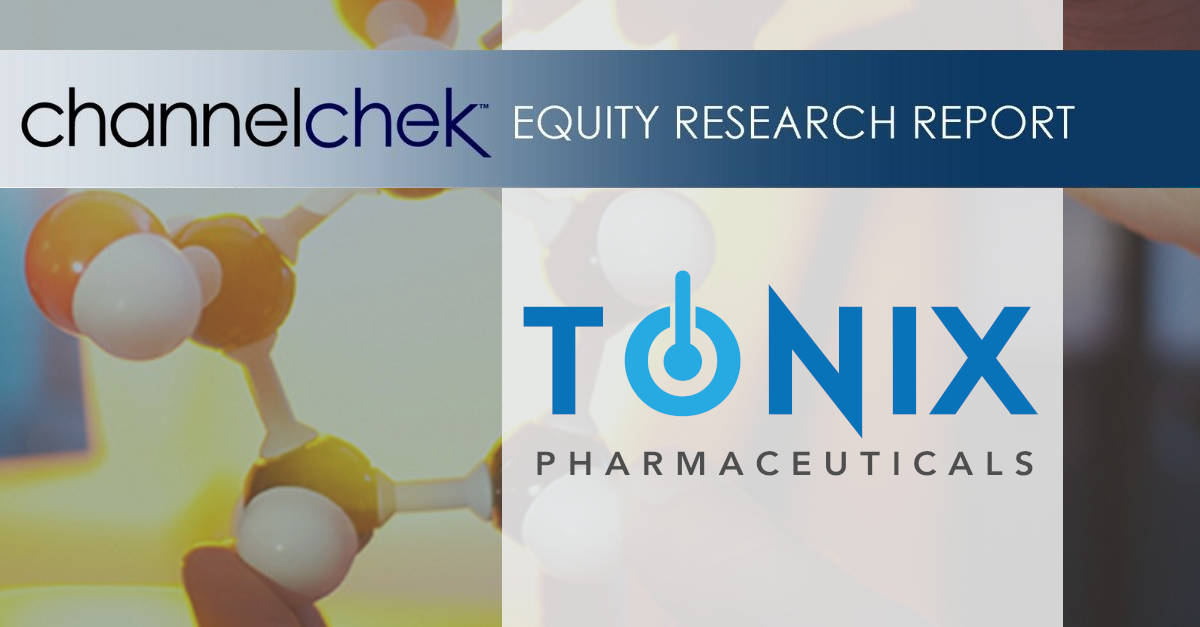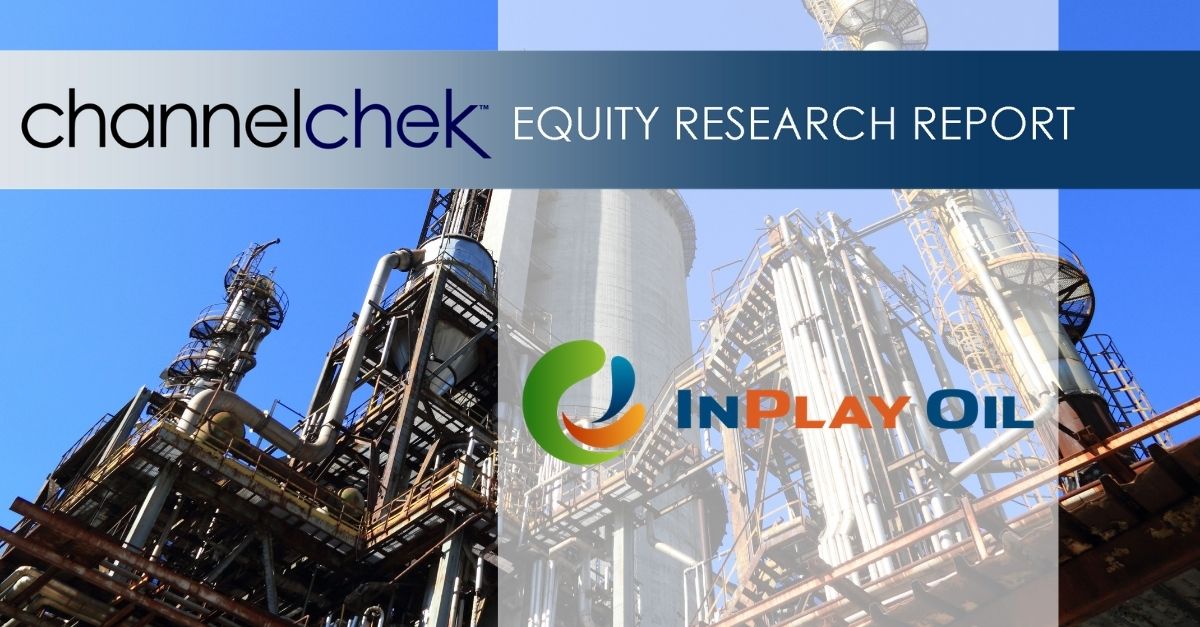Markets are experiencing a rare moment in financial history. Nearly every major benchmark or asset class is sitting at record levels — from the Dow Jones and Nasdaq to gold, Bitcoin, housing values, rents, IPOs, and merger activity. Even the U.S. national debt has climbed to historic highs. The only notable exception is the Russell 2000 small-cap index, which has lagged behind its larger-cap peers.
This convergence of highs across so many areas raises critical questions: Is this sustainable, and where should investors look next?
At the heart of the rally is anticipation. Inflation has eased enough for Wall Street to believe the Federal Reserve will begin cutting interest rates in the coming months. Markets tend to price in expectations before policy changes occur, which explains why equities, real estate, and digital assets have surged despite borrowing costs still being elevated.
Corporate strength is also contributing. Tech giants continue to deliver outsized earnings, fueling growth in the Nasdaq, while strong balance sheets across industries are powering mergers and acquisitions at a record pace. Investors aren’t just chasing momentum; they’re betting on resilient fundamentals.
Interestingly, the surge is not limited to risk assets. Gold and Bitcoin, often viewed as hedges against uncertainty, have also reached record highs. That signals investors are not fully comfortable with the backdrop of ballooning U.S. debt, currency volatility, and geopolitical tensions.
In short, markets are climbing on optimism — but they’re also hedging.
The biggest challenge is valuation. Equities trading at record levels are vulnerable if earnings slow or if rate cuts fail to materialize. Housing markets, while supported by supply shortages, remain stretched on affordability. IPOs and M&A often peak late in a cycle, suggesting companies may be capitalizing on favorable conditions before they shift.
The Federal Reserve is the wild card. If policymakers cut rates in September as many expect, small-cap stocks — represented by the Russell 2000 — could see sharp gains. These companies are more sensitive to borrowing costs and have lagged during the tightening cycle. Conversely, if the Fed holds rates steady or signals fewer cuts, markets could face a correction.
Where Investors Should Look
Given the uncertainty, balance is essential. Investors might consider:
- Small Caps (Russell 2000): The one major index not at record highs, offering upside potential if rates decline.
- Defensive Dividend Stocks: Companies with consistent cash flow in healthcare, consumer staples, and utilities provide resilience.
- Gold and Bitcoin: Effective hedges amid debt concerns and potential dollar weakness.
- Global Diversification: International markets, many of which trade at lower valuations, offer opportunity.
- Cash and Treasuries: With attractive short-term yields, keeping dry powder for potential volatility makes sense.
Markets are in uncharted territory, with nearly everything at record highs. Optimism about rate cuts and earnings strength is driving the surge, but stretched valuations and policy uncertainty suggest caution. Investors who balance growth exposure with hedges and defensive positions may be best positioned for what comes next.
